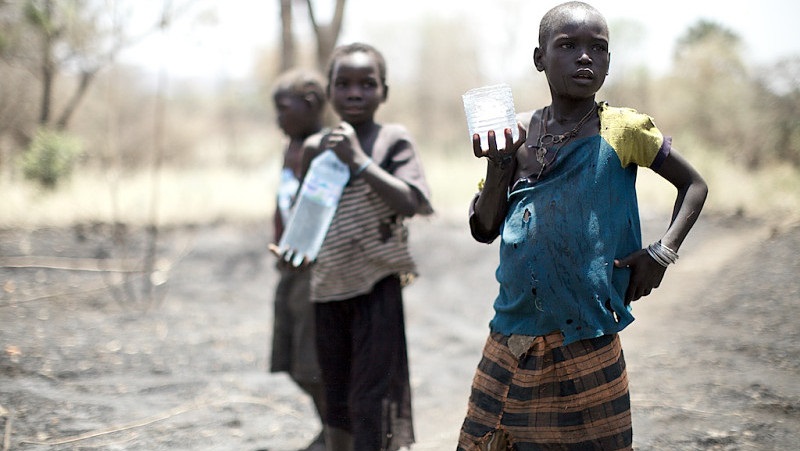The recent movements in the dollar-naira exchange rate, following the removal of the currency peg, has stimulated ongoing debate in the media that South Africa has regained its position as the largest economy in Africa. The prevailing notion is that the depreciation of the naira and simultaneous appreciation of the rand against the US dollar implies that South Africa’s GDP has surpassed that of Nigeria. However, this argument needs some re-examination, given that the value of the GDP (in current US$) is sensitive to the choice of exchange rate and GDP figures used for its computation. This piece situates the present argument in the context of recent commodity market crisis and its implications for the two largest economies in Sub-Saharan Africa
Policy Brief & Alerts

March 11, 2018
A Note On The Economic Downturn In Sub-Saharan Africa
The recent movements in the dollar-naira exchange rate, following the removal of the currency peg, has stimulated ongoing debate in the media that South Africa has regained its position as the largest economy in Africa. The prevailing notion is that the depreciation of the naira and simultaneous appreciation of the rand against the US dollar […]
Read →
Related
Nigeria Economic Update (Issue 48)
Data released by the National Bureau of Statistics shows that Internally Generated Revenue by states increased in 2017H1. The IGR increased from N392.1 billion in 2016H1, to N396.9 billion in 2017H1, a slight 1.2 percentage half Year-on-year growth. Also, N149.5 billion was generated in 2017Q3. Lagos state remains top in internal revenue generation, with a significant 42.3 percent share of total IGR in the review half year. The improvements in IGR may be attributable to efficient revenue collection by each reported state from the various sources of internal revenue: taxes, fines and fees, licenses, earnings & sales, rent on government property, interests and dividends, among others.
Nigeria Economic Update (Issue 33)
Available
reports from the Nigerian National Petroleum Corporation(NNPC), suggests a
significant reduction in the cost incurred to produce one barrel of crude oil for
the past two years. Specifically, the cost of production reduced by 71 percent
from $78 as at August 2015, to $23 per barrel as at August 2017.
This may be attributable to moderations in operational expenditures, following
repairs and restructuring in the oil region.
Capital Importation And Budgetary Allocation (Transport Sector)
Capital Importation: Since the dramatic decline in 2013, private and government sector investments in the sector have remained low in 2016.
Budgetary Allocation: Budgetary allocations to the transpo
